Every horse owner wants their mount to look their best. However, getting your equine’s coat, mane and tail to sparkle and shine can prove to be a bit of a challenge.
Whether you’re showing your horse or just want it to turn heads on a trail ride, we’ve got some tips for you that will return those glorious features of your equine back to their radiant best.
Regular grooming doesn’t just make your horse look healthier, it can help you keep tabs on their actual health.
Daily grooming gives you a chance to examine your horse for cuts and abrasions, minor lacerations, lumps and bumps, and the presence of fungal and bacterial infections like ringworm or Rain Rot.
So, caring for your horse’s coat, mane and tail is more than just a vanity project – it could save you a pretty penny in vet fees or avoid you having to claim on your horse insurance – if you pick up on a condition early before it gets any worse.
As you go about pampering your horse, take the time to examine them from the hoof up looking for any new signs of heat, injury, pastern dermatitis (skin inflammation), and scabs or scars.
You should also keep an eye out for signs of gnats or mites in their ears, and don’t ignore patches of lost hair in their coat – this might indicate a more serious health problem.
When trying to make your horse’s coat, mane and tail gleam, there’s only one place to start…
-
Look at their diet
You’ll find it tough – impossible even – to get your horse’s hair to shine unless you’re feeding them the right foods and enabling them to consume the right vitamins. Without proper nutrition, it won’t matter how much conditioner you throw at your horse’s hair, it’ll fall short of its best.
While there isn’t one particular food or vitamin that will do wonders for your horse’s hair, by ensuring they get all the nutrients they need, you’ll start to see the desired results over time.
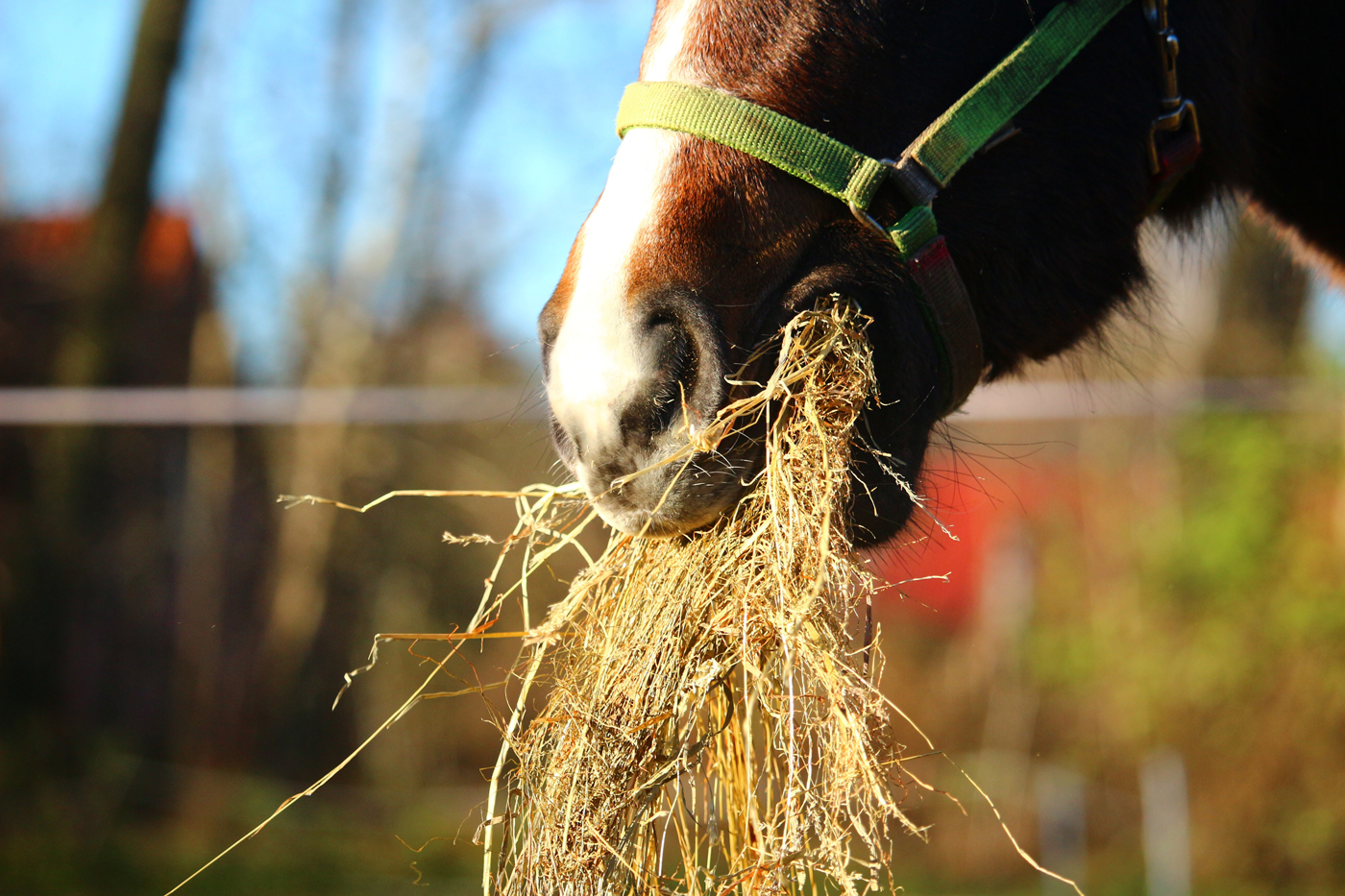
What does a balanced diet for a horse look like?
Just like us humans, equines need vitamin D to be able to absorb calcium to maintain strong bones for all that hacking they’re going to do. Luckily, they get vitamin D from the sun just like we do – which shouldn’t be too difficult considering how much time they spend outside.
However, with the sun so often hidden here in the UK, you’ll also need to ensure that horses get enough vitamin D in the food they eat.
Vitamin A is essential for a horse’s immune response to infection and contributes to healthy skin, while also helping them see better in the dark, among other benefits.
Finally, your horse can get all the vitamin E it needs from eating fresh forage. Both vitamins D and E are fat-soluble, meaning they’re absorbed by dietary fat in the body.
In order for horses to get enough fat in their diet, you may need to add oil or flaxseeds to their food. Flaxseeds – and fish oil – are Omega 3 fatty acids, too, which have immune-boosting and anti-inflammatory effects. Meanwhile, corn oil, an Omega-6 fatty acid, is said to be pro-inflammatory.
The best evidence that your horse is getting all the vitamins and minerals they need? A healthy coat.
For more information on what to feed your horse, check our previous article: What is part of a horse’s balanced diet?
-
Do it every day
We’ve already touched upon the importance of regularly grooming your horse – but just how often is ‘regular’? Ideally, you’d groom them every day.
While that might sound a bit excessive – especially considering that horses will spend a fair amount of their rolling on the ground – dirt and dander that spends too much time on your equine’s skin can make it go itchy and dry, so it’s important you give them a good brush down, at the very least.
Did you know? A horse will roll on the ground to relieve any irritation from sweat or tack, just as you might have a good scratch after removing some clothing.
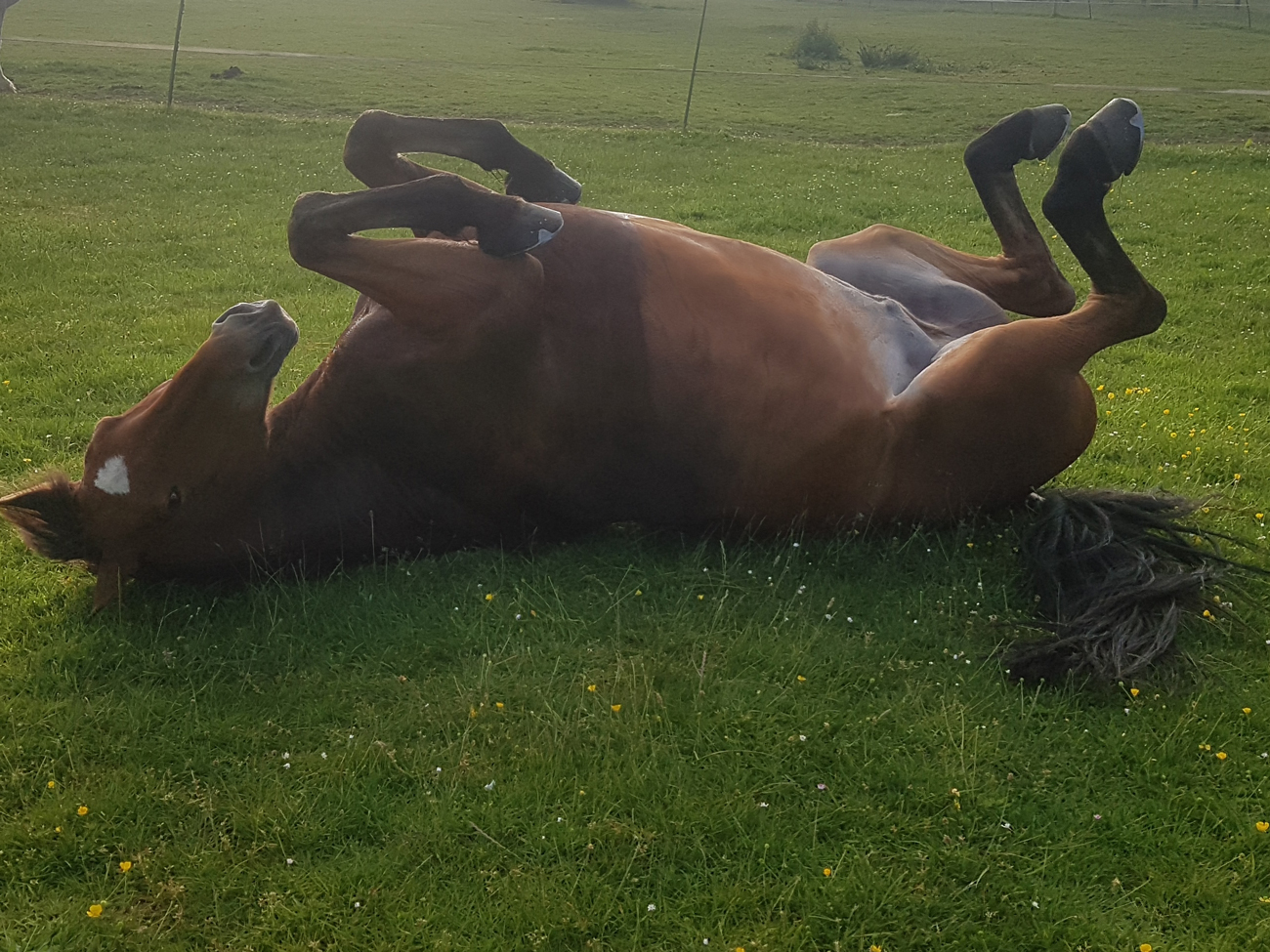
Rolling may also relieve any tight muscles or stress after being ridden – it’s as good as a nice stretch. Some people even think that a roll in sand or mud provides some protection from sunburn and from biting insects.
So, while it might be frustrating to see your horse drop to the ground for a roll immediately after you’ve finished grooming them, try not to see it as a waste of time.
It’s normal horse grooming and social behaviour to roll whenever a horse is turned out from the stall to an open area. If they’re wet, it’s their way of speed drying and restoring maximum insulative properties.
-
Give them a proper wash
While it’s fine to just do a quick brush down every day, your horse will need a proper wash once in a while. Some owners opt never wash their horse, while others vary from once a week to once a year.
It is a personal preference, but it also depends on whether you’re showing your horse or if you’re the only person that gets up close and personal with your mount.
Once you’ve decided that your horse needs a proper clean down, here’s a quick six-step guide to doing a great job:
- Soak your horse with a water hose, beginning from the legs and moving slowly upwards. Horses often love getting doused with a hose – especially on a hot day – but be careful not to get any water in their mouth and they probably won’t like it.
- With your horse nice and wet, fill a bucket with water and shampoo to create a foam, and gently soak the tail.
- Soak a sponge in the shampoo-water solution – refresh where necessary – and wash your horse from head to toe, remembering to stay away from the area around the eyes and nostrils.
- Spend a bit of extra time on the mane. While you can’t soak it in the same way as you can the tail, you should massage the shampoo into the mane. If it’s particularly dirty, apply undiluted shampoo directly to the mane.
- Thoroughly rinse the entire horse, squeegee off the water and dry your horse in the sun.
- Once your horse’s mane and tail are dry, apply some conditioner to both, following the instructions on the bottle.
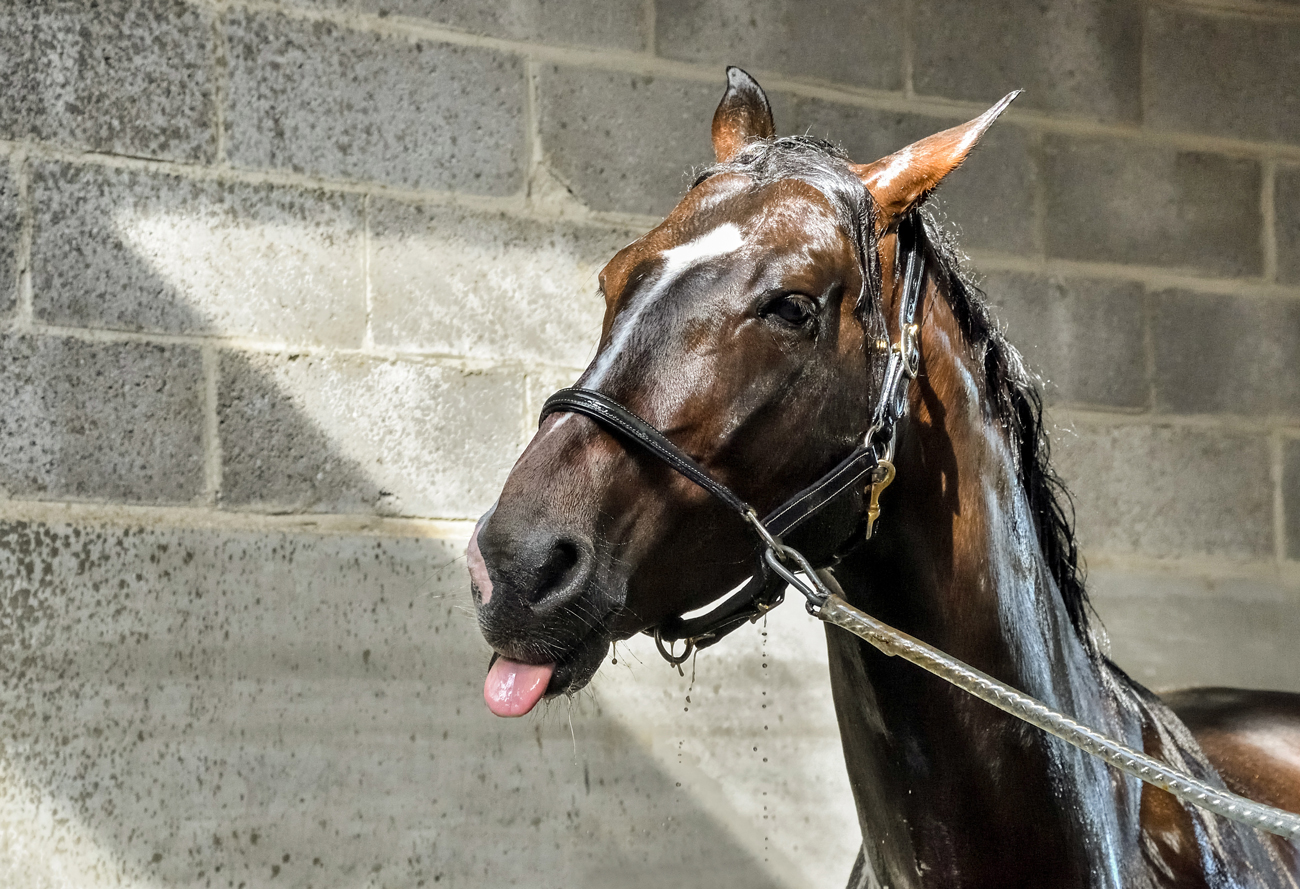
Be careful not to over-bathe your equine. This can strip your horse’s coat of all its essential oils meaning you’ll have to put artificial oils back into it to create the shine.
It’s better to do a good job less often than a quick job more often. So, when it comes to a bath time, put in the elbow grease and get your mount spick and span. They will love you for it!
The nicer you make the experience for your horse, the easier it will be to groom and bathe them each time – think of it as a bonding experience.
If you rush it and irritate your horse, they’ll bank the experience and could make your life harder than next time you get out the bucket and sponge.
-
Keep tails bagged and manes braided
To avoid having to go at your horse’s mane and tail with a brush every day, keep tails bagged and manes braided.
This will prevent tangles from forming in the first place. Be careful not to wrap the top of your horse’s tail, which can cause circulation issues. And if your horse shows that it’s in some discomfort from having its tail wrapped and mane braided – after a period of getting used to wearing it – then remove it promptly.
The alternative to bagging or wrapping a horse’s tail is to knot it. To do this, you simply tie a few figure-eight knots in long sections of hair a few inches below the tailbone.
Doing this helps to keep the longest part of the tail off the ground so it doesn’t tangle up so easily. It’s all about trial and error until you find what works for your horse.
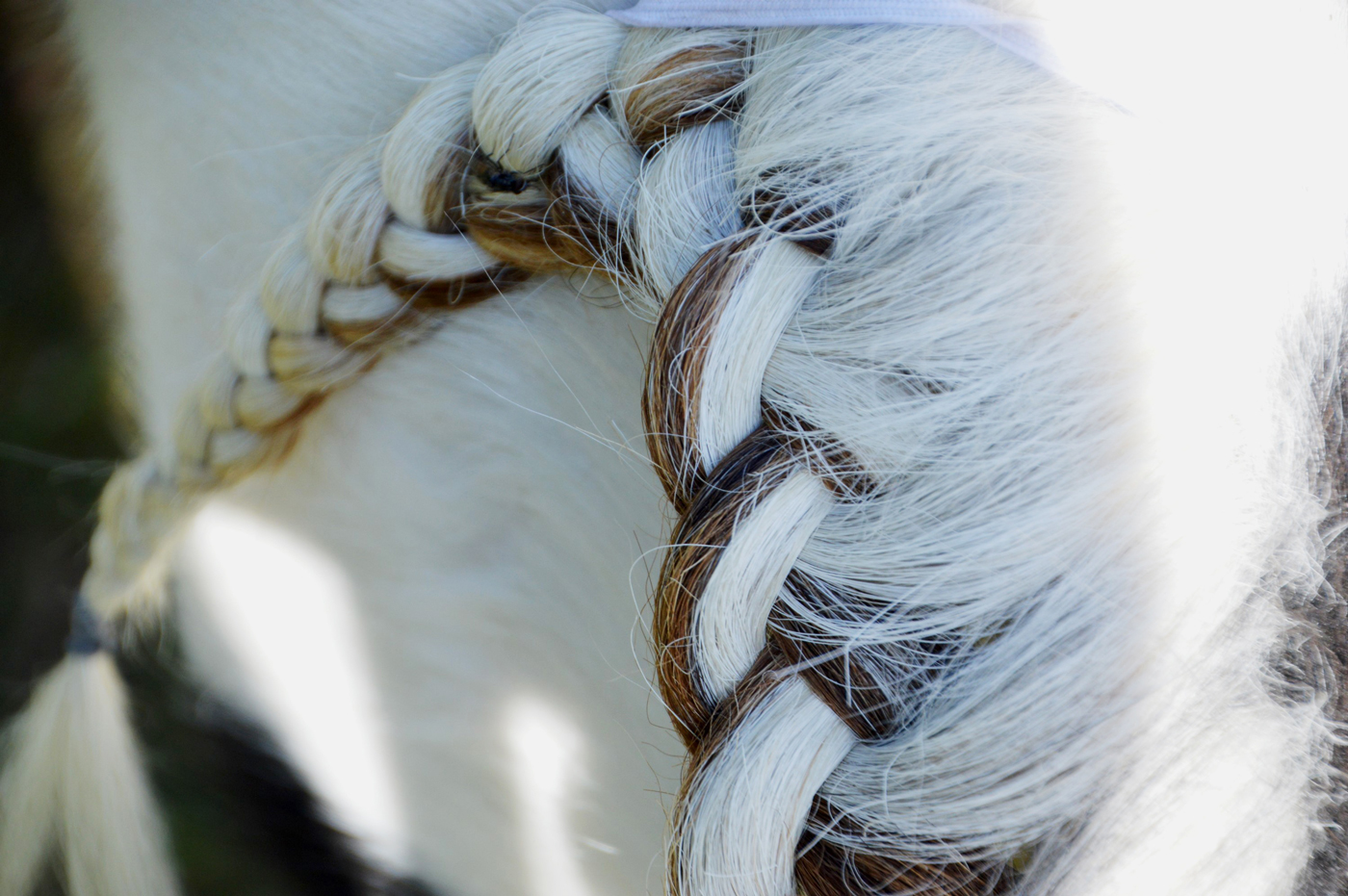
However, you should never use a brush that is too harsh for your horse’s hair. The experts suggest that brushing out tangles can tear out otherwise healthy hair by the roots, resulting in a shorter mane or a thinning tail.
Bagging and braiding means you won’t have to get the brush out too often – but if you prefer a horse to have its mane and tail on show, you will have to brush it from time to time.
Whatever you do, don’t reach for a metal comb which will have that pulling effect. Instead, pick out shavings and tangles with your fingers and brush gently with a soft and forgiving brush.
Sure, the task might take that bit longer, but again, you need to see it as a bonding exercise. Plus, it will be worth it in the long run when your horse’s hair is shining and moving freely in the wind – a thing of beauty.
-
Keep everything clean and tidy
Tack, rugs and saddle blankets can quickly become dirty, so it’s important that you regularly give them a clean to keep fungal irritants at bay. Dirt and moisture in the stable area are also a risk to a horse’s health, so spend some time keeping it clean and dry.
If your horse works up a sweat under the saddle or down its neck, make sure you sponge or squeegee it off rather than letting it dry on the skin, which can cause skin irritation and sores.
If you like to apply some gel and hairspray to your horse’s tail to smooth it out before a show, ensure these products are washed off on your return home. These, too, can irritate the skin and pull out hair. If you don’t do it, your horse will try to do it itself.
-
Keep on top of your parasite control
Finally, it’s crucial that you keep on top of your parasite control and regularly deworm your horse as part of a basic horse care routine.
Horse’s guts can contain a number of worms that need to be removed in order for them to stay at their best. In the most severe cases, worms can lead to colic and diarrhoea and even become life-threatening in some cases.
As well as the more serious threats to your horse’s health, worms tend to make animals itchy. Persistent scratching of their coat, mane and tail will cause hair damage in which they run the risk of snagging their tail hairs and having them ripped out, leading to a thinner tail.
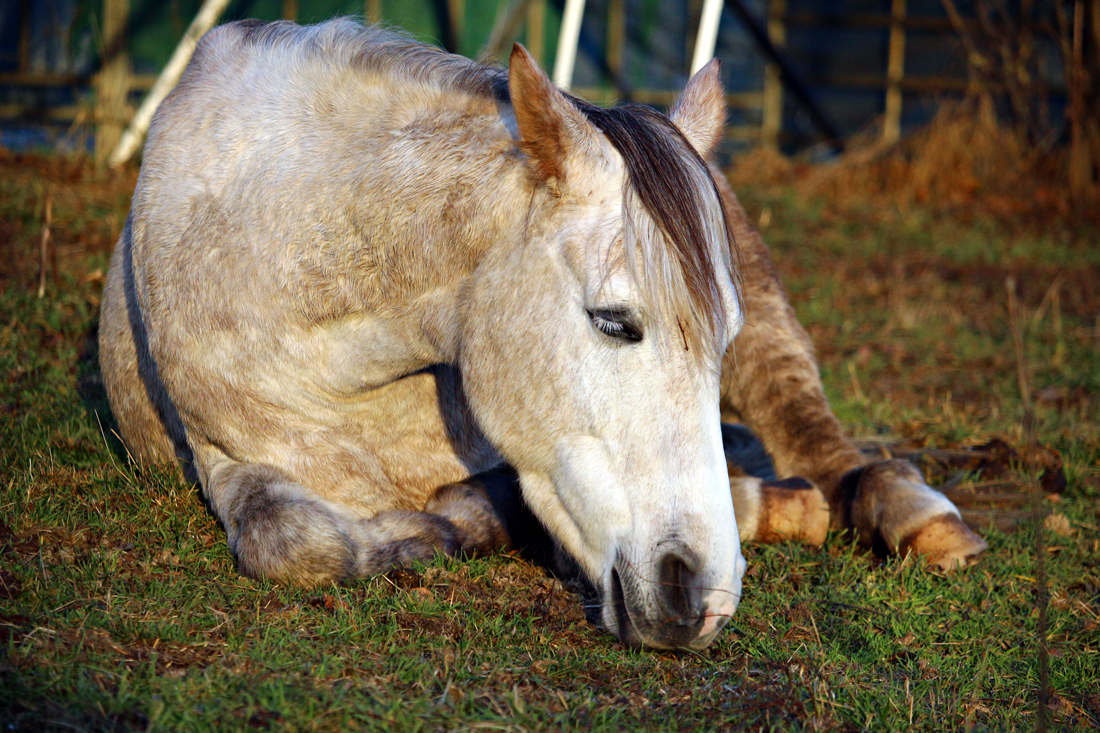
Make sure you clear any droppings up quickly – that way, worms will have less chance of making their way into other areas of the paddock or grazing area and infecting other horses.
Rotating and resting paddocks also lets the grass recover; and alternating horses with grazing cattle and sheep will help to reduce worm infestations on your land.
Equine deworming products can be purchased from your vet, via online pharmacies or over the counter at equestrian retailers – ask at your stables which products they would recommend. You may be asked to provide your horse’s passport when purchasing deworming products.
Invest in horse rider insurance
Due to the nature of the way horses are built, they can be prone to spells of ill health.
So, it’s essential that you take out comprehensive horse insurance which will cover you in the event of a number of different circumstances.
Equesure are equine insurance experts, we have over 60 years combined equestrian knowledge and will endeavour to find an insurance policy, tailored to your needs, for you, your horse and your transport.
Working with a varied and trusted panel of insurers, Equesure offers clients a bespoke horse rider insurance policy with various options of cover to ensure the policy is right for you.
Get a quick quote today.








